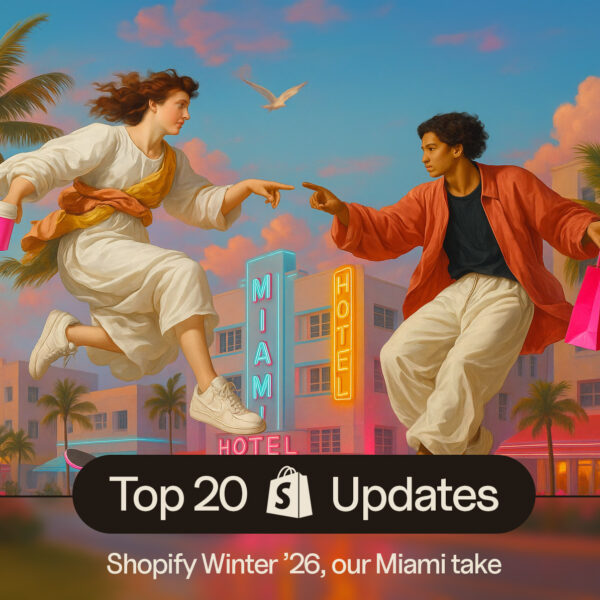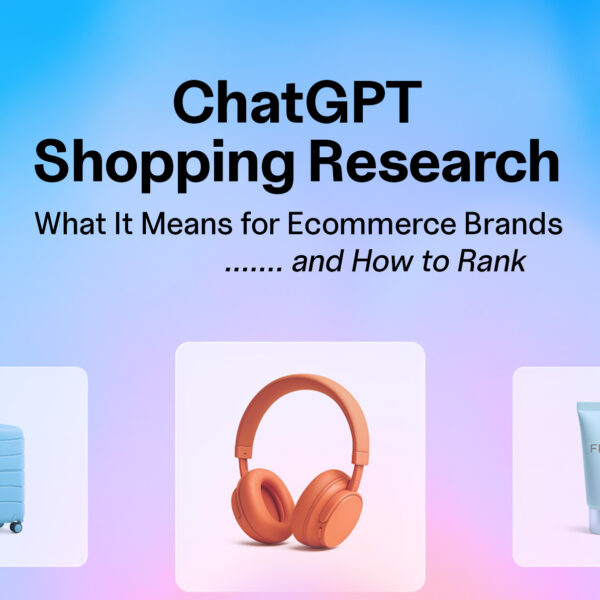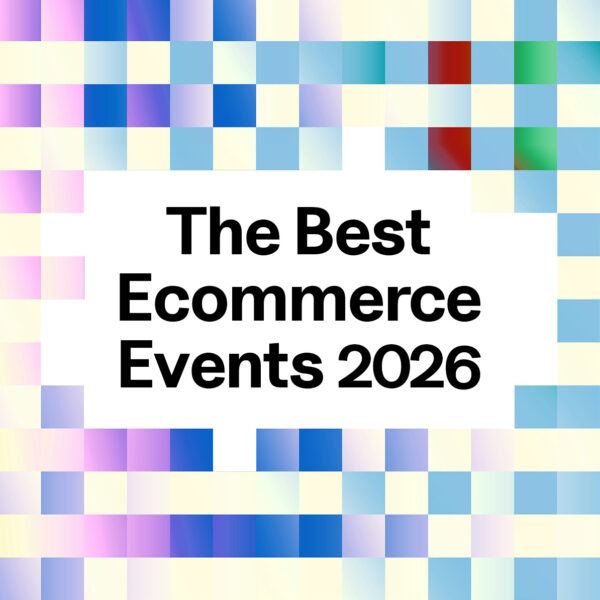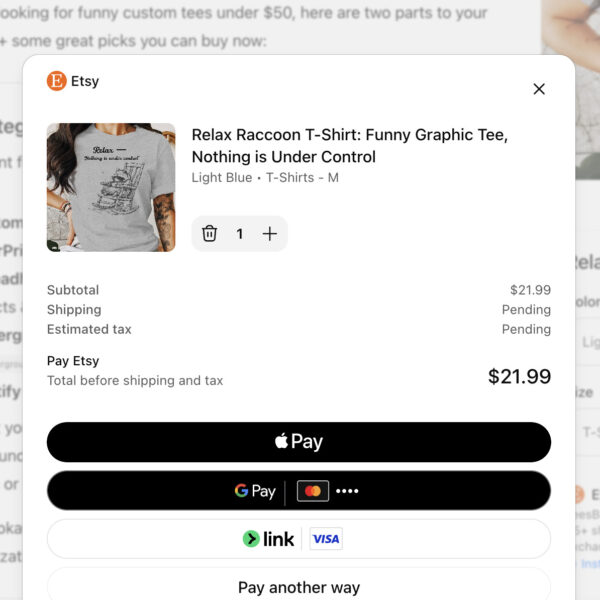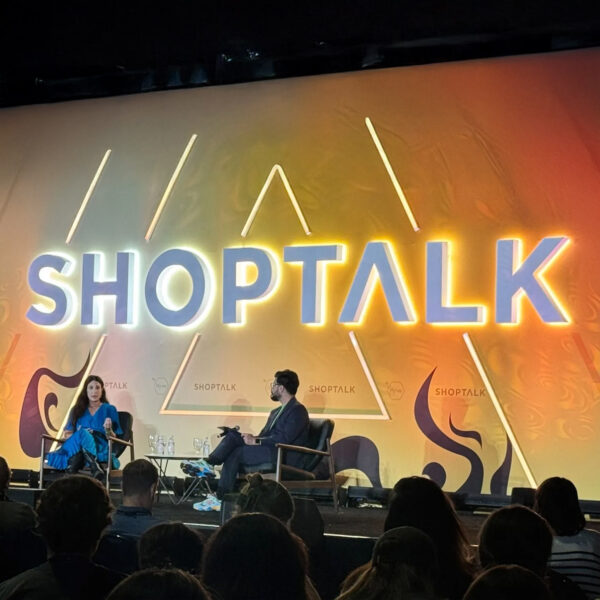
Why E-concessions Are Becoming Popular on Among Retailers
Similar to branded concessions in a physical retail store (a space where a brand is set up, sold, and managed by the brand itself, but in another brand’s brick-and-mortar), e-concessions, the online equivalent, are starting to grow in popularity.
With the e-concession model, a brand is responsible for designing a branded section on a retailers website, selecting what products they’ll sell, assigning them pricing, photography, and copy, and then covering the shipping. Unlike a marketplace model like Amazon or Net-a-Porter, where brands aren’t in control of how their products are displayed on the page, the e-concession model gives brands the flexibility and autonomy they desire over the products they’re selling.

Courtesy of Garmentory
The Perks
The perks? Not only are e-concessions a way for brands to have control over their product and how they’re displayed, they’re also a way for customers outside of city centers to shop products and goods they usually wouldn’t have the chance to. With social distancing still in effect, it’s also a way for people who do live in cities to shop more conveniently when it works for them.
In February, Nordstrom’s president spoke about revenue, sharing that “It plans to grow its partner and shared revenue streams from 5% of the business to 30%, and concessions will be the primary method of doing so.” Although this applies to in-store, the same can be applied online.
Here’s How It Works
In a concession model, the retailer is responsible for hiring and paying store associates and paying for the rent that houses their products, but online, the retailer is instead responsible for the products to be hosted and marketed on their site. Brands are given direct control over how their products are displayed – from the photography used to how it’s laid out on the page – and have their own carved out section on a retailers website.
This is a win-win for each party. The retailer has an extra audience (ideally similar to their own), visiting their site to shop another brand, and on the flip side a brand has an additional platform that’s marketing their product. Brands can also negotiate the terms of a concession, and pretty much still hold control of their DTC business even on another retailer’s site.
Interested in working with Absolute Web?
Learn more about our experience, brands we work with, or contact us today!
Sources:
https://www.glossy.co/fashion/glossy-101-concessions/
More Articles
Top 20 Shopify Winter ’26 Updates Every ...
Our strategic take on the most important changes from Shopify’s…
Read more
ChatGPT Shopping Research: What It Means for ...
OpenAI just released ChatGPT Shopping Research, and it’s quietly becoming…
Read more
The Best Ecommerce Conferences and Marketing Events ...
Your guide to the most impactful, innovative, and ROI-positive events…
Read more
Powering the Next Era of Digital B2B: ...
Miami-based digital commerce agency Absolute Web has officially joined the…
Read more
OpenAI’s Atlas Browser Is About to Rewrite ...
OpenAI has officially unveiled ChatGPT Atlas, a new AI-powered web…
Read more
Absolute Web Achieves Shopify Platinum Partner Status
Big news 🚨 Absolute Web has officially been recognized as…
Read more
The Next Frontier in Ecommerce: Buying Directly ...
The news is out: OpenAI unveiled a major leap in…
Read more
Absolute Web’s ShopTalk Fall 2025 Review: AI ...
AI That Actually Moves KPIs – Who We Spoke To…
Read more
Social Feed


